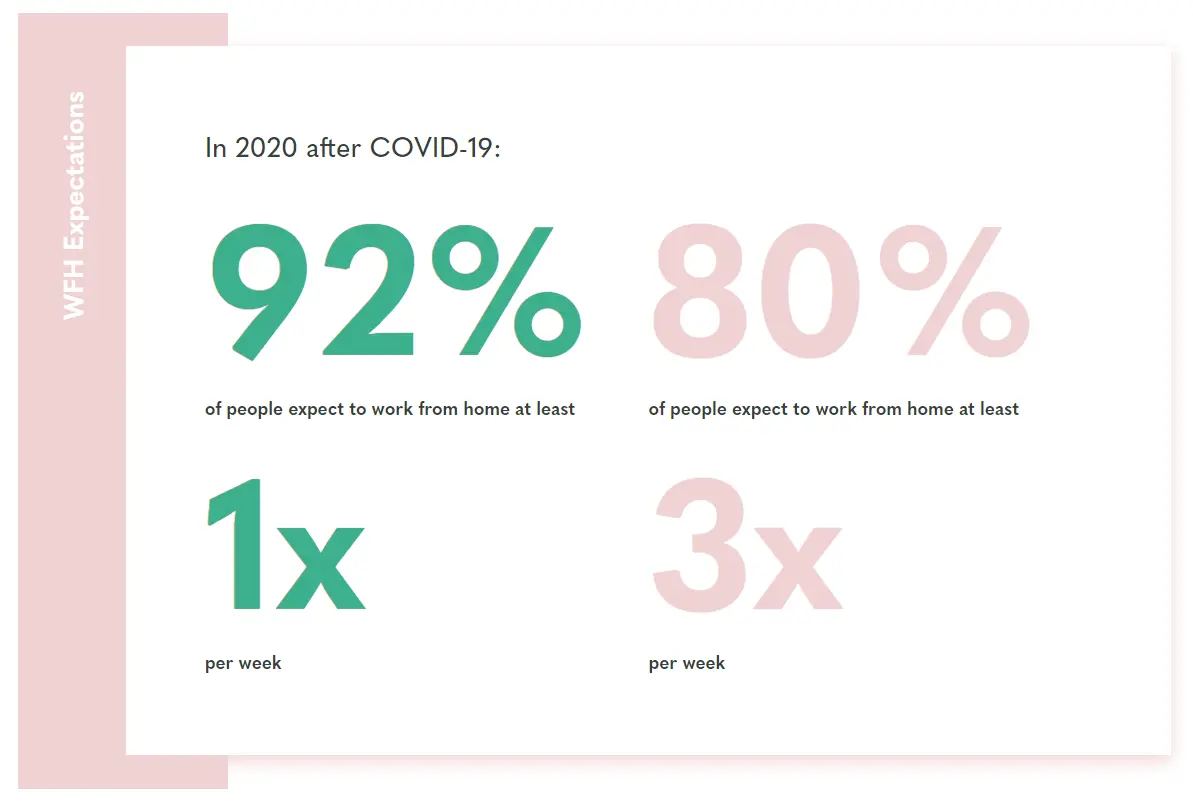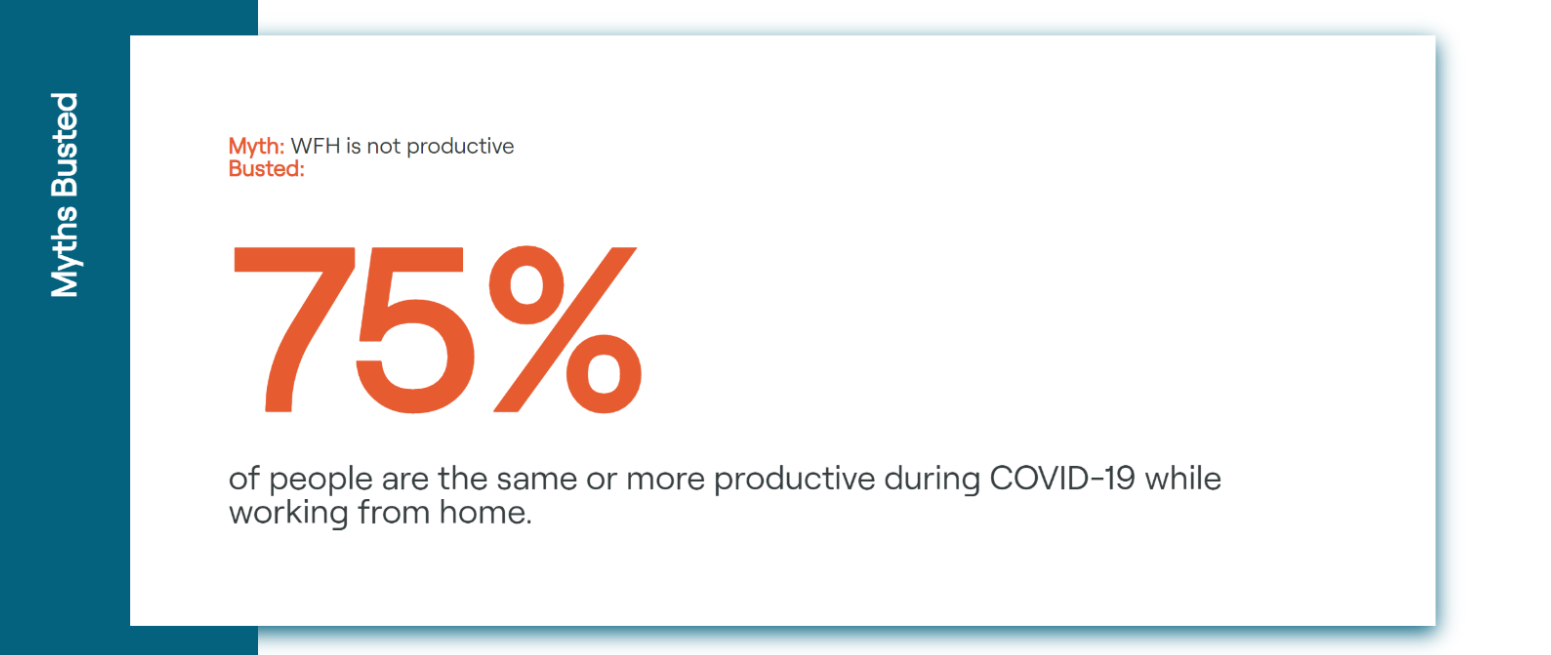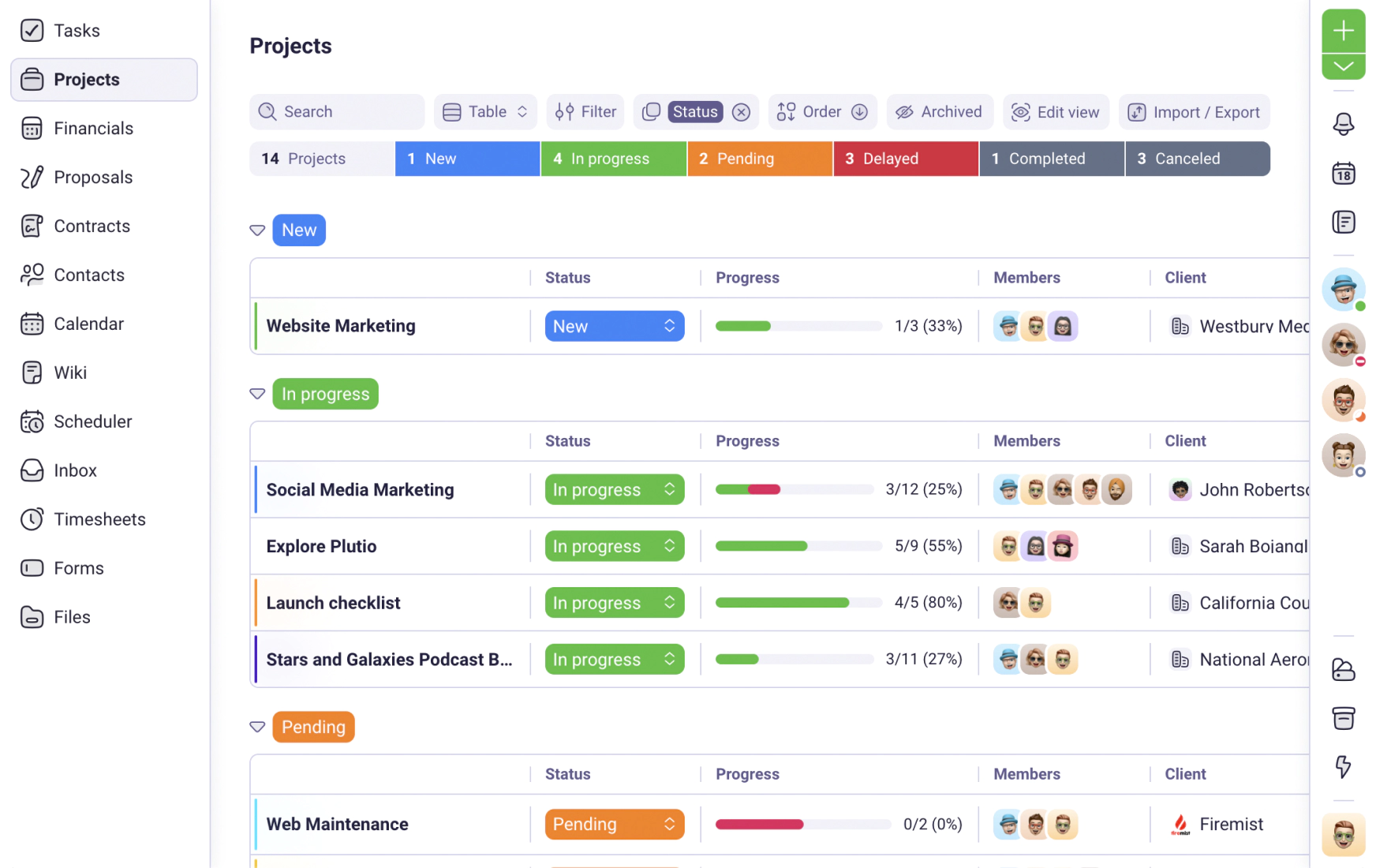We use cookies to personalise and enhance your experience.
As we gradually inch out of the pandemic, many of us are breathing a sigh of relief at the return to normality. However, while some employees have gladly thrown themselves back into their regular office routine, others are reaping the wondrous benefits of remote working on a full-time basis. Many employees are even choosing to do a little bit of both.
Managing hybrid teams requires you to adopt a new approach to office operations. This might raise some worrying questions such as how do you accommodate this uncertain degree of flexibility? How do you enforce equity and synchronization between two distant teams? How exactly are you meant to recreate the communal, unified office environment when not everybody is physically in the office?
Despite the worry, you need not fear. Hybrid teams are actually destined to thrive.
An Owl Labs report found that hybrid remote working reduces stress, makes the work-life balance easier to manage, and even increases productivity. This is probably why hybrid working is preferred by an overwhelming majority of employees.

As a manager, it’s important that you listen to your employees and embrace the positives of hybrid working. However, that doesn’t mean that it won’t come with a few challenges. Here are seven tips for managing hybrid teams that will help you foster a happy and productive work environment.
Create and Set Expectations
The success of the hybrid team model suggests that businesses are evolving, so it is only natural that your culture, processes, and expectations will evolve along with it. Empower your team by having a collaborative discussion about new schedules, communication methods, software, etiquette - anything and everything that is important to the daily operation of your workplace.
Here are some things that you should consider and discuss with your team:
- Which business communication tools are going to be used?
- Who has access to available information and software?
- Which weekly meetings does each team member need to attend?
- Does everyone know how to use your online payroll software?
- Does every employee need to acknowledge messages?
- Does every employee have a working microphone, webcam, and the best headset for conference calls?
- How will everyone structure their day?
This is also a good time to establish some boundaries. For example, do you have a work from anywhere approach, or do you expect remote employees to communicate from a home office environment? Are there any rules regarding contact hours? What is your dress code for video conferences?
Making sure that everyone is on the same page will help to put minds at ease and simplify the transition.
Offer Motivation and Support
It can take a while to adapt to a hybrid team environment. For in-office workers, the changes to their routine, communication methods, and the overall office dynamic can be stressful and overwhelming, particularly if they themselves are readjusting after a period of remote employment. It is important that throughout this period you offer guidance and support.
You could do this in the form of:
- A meeting where you establish the new routine and expectations
- Software training
- Weekly/monthly catch-ups
- A written set of new guidelines and processes
It’s also vital that you offer the same level of support to employees who work from home. Despite the benefits of remote working, it’s no secret that remote employees can struggle to self-motivate and are more susceptible to procrastination.
You can offer support and motivation by:
- Using time-tracking software to boost productivity.
- Calling attention to high-priority tasks - this can help employees to structure their workload.
- Regularly letting employees know that they can contact you with any questions.
- Remaining compassionate in regards to technical issues or external disturbances.
Make Sure You Have the Right Communication Tools and Software in Place
You want communication between hybrid team members to be as stress-free and seamless as possible. Finding the right video conferencing software, collaboration tools, and project management systems - not to mention making sure that they are all integrative with each other - is essential for efficient communication and workflow.
For businesses who rely on both internal and external communication, consistently making sure that your employee’s communication software is up-to-date, functional, and fully integrated is particularly important.
For example, a hybrid team in a small business call center would need a wide range of software to streamline workflow including an internal chat system, automated scheduling, and real-time updates. This also includes a rigid call routing system and a working phone tree template.
Offer training to ensure that employees know how to navigate all of their chosen tools both in and out of the office.

Strive for Equity in Your Relationships
One of the drawbacks to managing hybrid teams is the amount of extra effort that you have to put in to create a unified team environment.
As humans, it’s entirely instinctive for us to feel more connected to people physically present. If you yourself work in an office, you might naturally develop stronger relationships with your in-office workers. However, it is extremely important that you fight the instinct to favor in-office team members over remote workers, as this can create a toxic mentality of “us” vs “them” within your team.
Make sure that you are managing remote teams with an equal level of respect. Here are some ways that you can enforce equity and eradicate distance bias:
- Hold one-to-one meetings with remote employees
- Inform everyone of important updates simultaneously
- Consider hosting video meetings only - video meetings are much more equalizing than hybrid meetings
- Give remote workers some of the same perks as in-office workers - for example, you could send them mental wellness boxes or provide coffee vouchers.
- Informally check up on them every once in a while, just as you would do with people in the office - a simple ‘how are you getting on?’ goes a long way!
Emphasize and Demonstrate Inclusivity
The office environment is often buzzing with a wealth of information, updates, gossip, and, of course, the occasional drama. Whether we want to or not, we are positioned to chat with the people around us, overhear conversations and take part in impromptu meetings, all of which keep us up-to-date with new developments and give our work an extra layer of context and purpose.
The remote environment is very different. Without these informal communication channels, remote workers can feel distanced from their projects and isolated from their teams. If you as a manager are also failing to communicate consistently, this can lead employees to feel undervalued as a team member.
Here are some things that you can do to ensure remote workers are just as involved in your team as in-office members:
- Give context to each project and highlight each person’s specific role within it
- Give remote employees a fair chance to contribute in hybrid meetings - some people find hybrid meetings daunting, so giving them a clear space to have their say is a great way to accommodate this
- Discourage conversations or online workgroups that disclude remote members
- Host fun online trivia events, general chit-chats, or remote lunches - this can make remote workers feel more included in the office community
Build Trust Between Teams
Trust between employees is incredibly important for workplace productivity, yet it can be difficult to establish naturally within hybrid teams and, occasionally, can cause rifts. For example, in-office employees may believe that they work harder than remote workers, while remote employees may feel as though they work longer hours and are not treated as fairly or respectfully. As mentioned above, this can create a damaging “us” vs “them” mentality.
It’s important to emphasize to all of your employees that you are not two different teams, but one collaborative unit. Quash the widely-believed myth that in-office workers are more productive by reiterating that some people are actually more productive when working from home.

You could also try:
- Voluntary online team-building exercises or ice-breakers
- Remote lunches or virtual happy hours
- Creating networking opportunities
Watch for Employee Burnout and Remote-Work Fatigue
Is it just a stressful week, or is it burnout? As a team leader, your job is to be hyper-aware of changing behaviors that indicate prolonged stress. If a once extroverted employee has become passive and withdrawn, or the team member who was laid-back has become steadily more irritable, you want to be as accommodating and supportive as possible.
This might mean changing an employee’s schedule, reducing their workload, or simply helping them to prioritize and structure their work.
One of the great things about managing hybrid teams is the degree of flexibility that you are able to offer them in regards to where and how they work.
When it comes to remote workers, the signs of burnout manifest themselves in the same way, although they will be harder for you to spot. Remote work fatigue is slightly different in that the stress can be directly related to the remote work experience rather than the work itself.
If you suspect burnout or fatigue, remember to approach the subject with compassion. Here are some things that you can do to ease remote work fatigue:
- Allow video-off meetings
- Arrange informal in-person chats (if possible)
- Encourage regular breaks
- Suggest switching off work chats at a certain time
- Try not to over-communicate or overload information
- Only schedule them into necessary online meetings
- Switch up your communication channel
Hybrid Teams Can Be Thriving Teams
It might take some getting used to, but managing hybrid teams can be a fulfilling experience for those who embrace it. Sure, it comes with some challenges, some of which may be unique to your team’s dynamic or specific industry of work. However, when approached with agility and flexibility, the hybrid team structure encourages morale, productivity and - most importantly - the healthy work-life balance that employees need to thrive.
Have you tried Plutio yet?
The only app you need to run your business and get work done.
Try Plutio for FREESupercharge your business
The complete toolkit to run your business
The intuitive all-in-one solution to manage and collaborate on projects, share files, build forms, create proposals, get paid, and automate your workflow.
No credit card required


